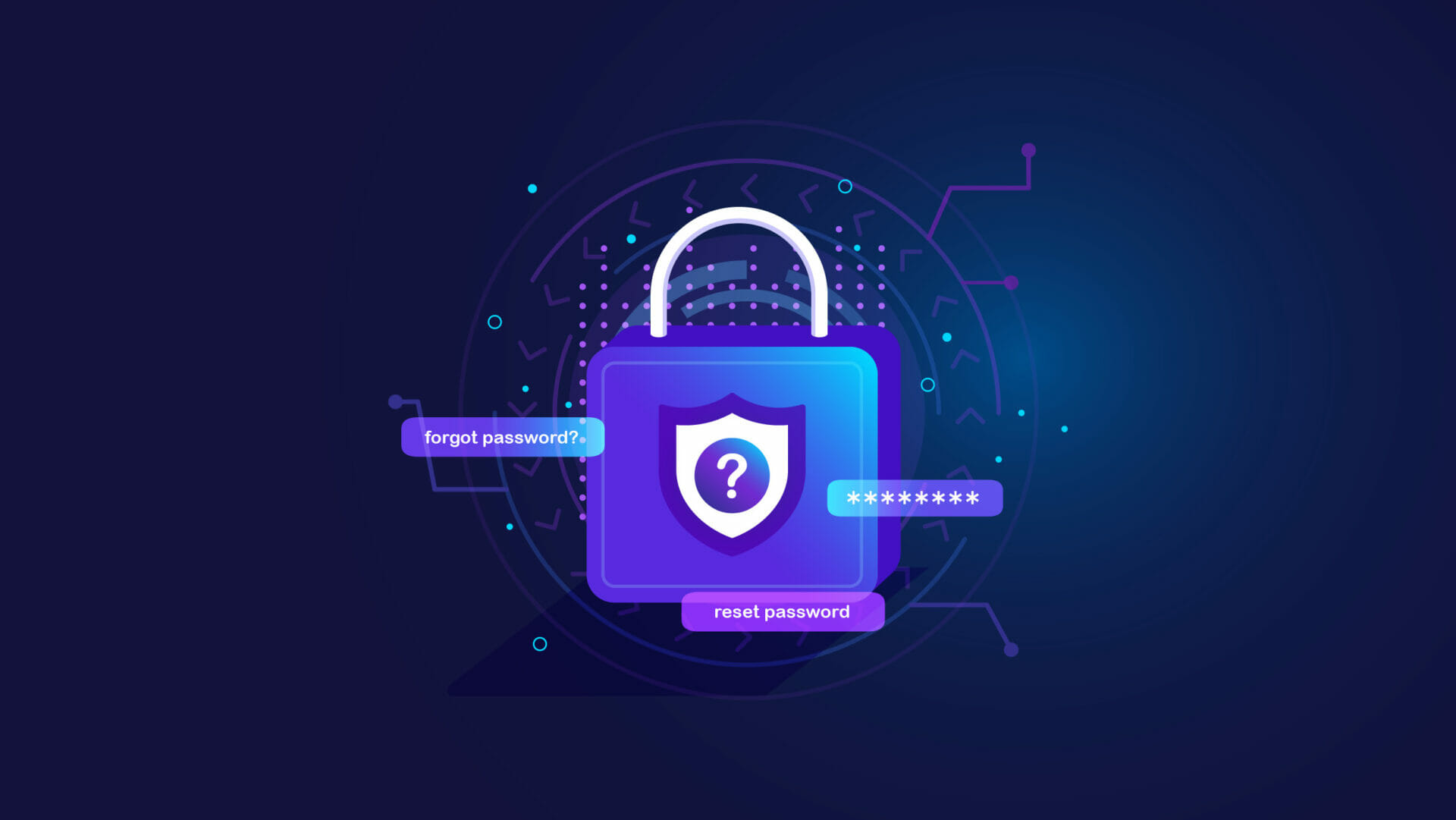How to Recover a Windows Password If You Forget It: A Comprehensive Guide
Forgetting your Windows password can be stressful, but there are several effective methods to regain access to your system. Below is a detailed guide to recovering or resetting your Windows password.
1. Use the “Forgot Password” Option (For Microsoft Accounts)
If you’re using a Microsoft account to log in to Windows:
- On the login screen, click the “Forgot password” link.
- Follow the prompts to verify your identity via email, phone, or other recovery options.
- Reset your password through the Microsoft website.
- Use the new password to log in.
Advantages:
- Simple and secure.
- Works remotely.
Limitations:
- Requires internet access.
- Must have recovery information (email/phone) set up in advance.
2. Reset Using Another Admin Account
If another user on the PC has administrative privileges:
- Log in using the other administrator account.
- Open Settings > Accounts > Family & other users (on Windows 10/11) or Control Panel > User Accounts (on earlier versions).
- Select your account and reset the password.
- Log out and use the new password.
Advantages:
- Quick and local recovery.
Limitations:
- Requires another admin account.
3. Use a Password Reset Disk
If you previously created a password reset disk:
- Insert the reset disk (usually a USB drive).
- On the login screen, click “Reset password”.
- Follow the prompts to create a new password.
Advantages:
- Simple if the disk is available.
Limitations:
- Requires prior setup.
4. Reset Password Using Safe Mode and Command Prompt
This method works for local accounts with admin privileges:
- Boot your system into Safe Mode:
- Restart your PC and press F8 or the designated key for advanced boot options.
- Select “Safe Mode with Command Prompt”.
- Open the Command Prompt and type:
bash
Copy code
Replacenet user username newpasswordusernamewith your account name andnewpasswordwith your desired password. - Restart the PC and log in with the new password.
Advantages:
- Bypasses regular login.
Limitations:
- Requires administrative privileges.
5. Use Third-Party Tools
There are reliable third-party tools for password recovery, such as:
- Ophcrack: A free tool that uses rainbow tables to recover passwords.
- PCUnlocker: Paid software that resets Windows passwords.
How to Use PCUnlocker:
- Create a bootable USB/CD with the tool on another computer.
- Boot the locked PC using the bootable device.
- Follow the tool’s instructions to reset the password.
Advantages:
- Effective for all Windows versions.
Limitations:
- Requires another computer to prepare the tool.
- Some tools may be paid.
6. Reinstall Windows (Last Resort)
If no other method works:
- Back up your files if possible (using an external bootable OS like Linux).
- Use a bootable Windows installation media.
- Follow the instructions to reinstall Windows, creating a new password during setup.
Advantages:
- Restores system to a clean state.
Limitations:
- Erases programs and settings.
- Time-consuming.
Prevention Tips
- Use a password manager to store and retrieve passwords easily.
- Set up a Microsoft account for your Windows login for easy recovery.
- Regularly create a password reset disk for local accounts.
- Enable Windows Hello for password-free login using biometrics.
By keeping these precautions in mind, you can avoid future issues with forgotten passwords. With the methods above, you can regain access to your Windows system in most situations.
Ganesh K Avasthi
9823560002
